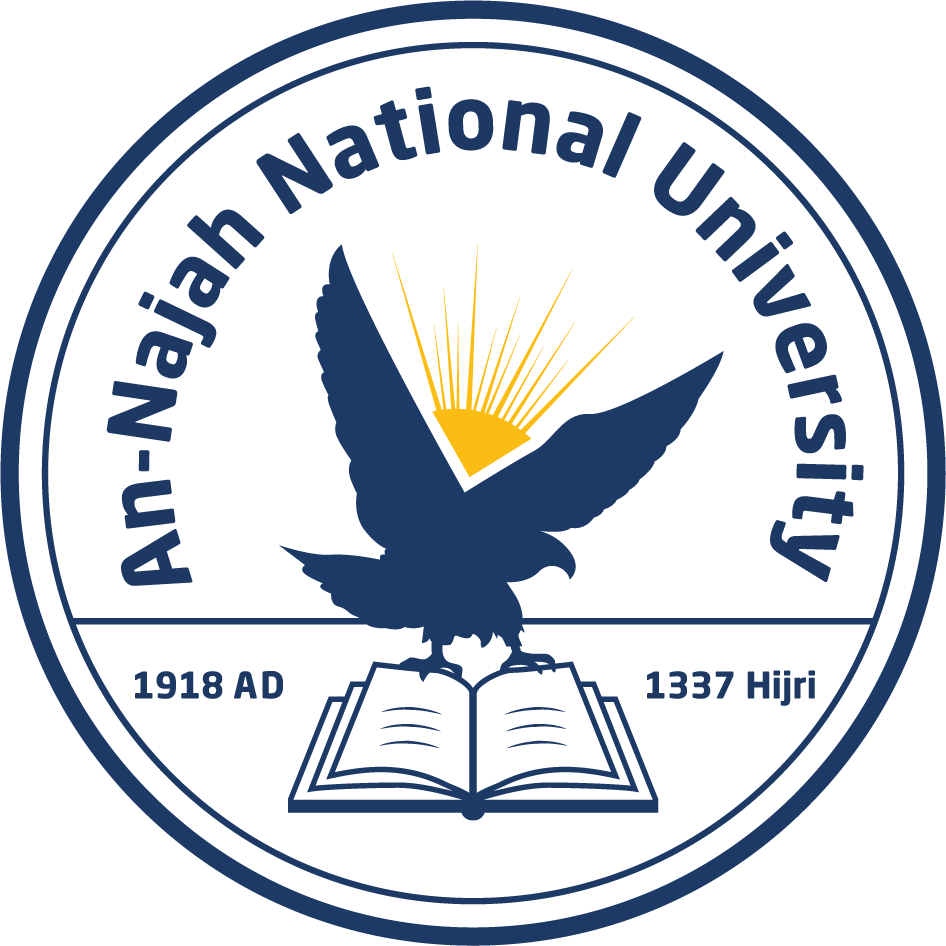Nablus City
Nablus is a Palestinian city in the northern region of the West Bank, approximately 60 kilometers north of Jerusalem.
Located in a strategic position between Mount Ebal and Mount Gerizim, Nablus is considered the largest commercial and cultural center in Palestine.
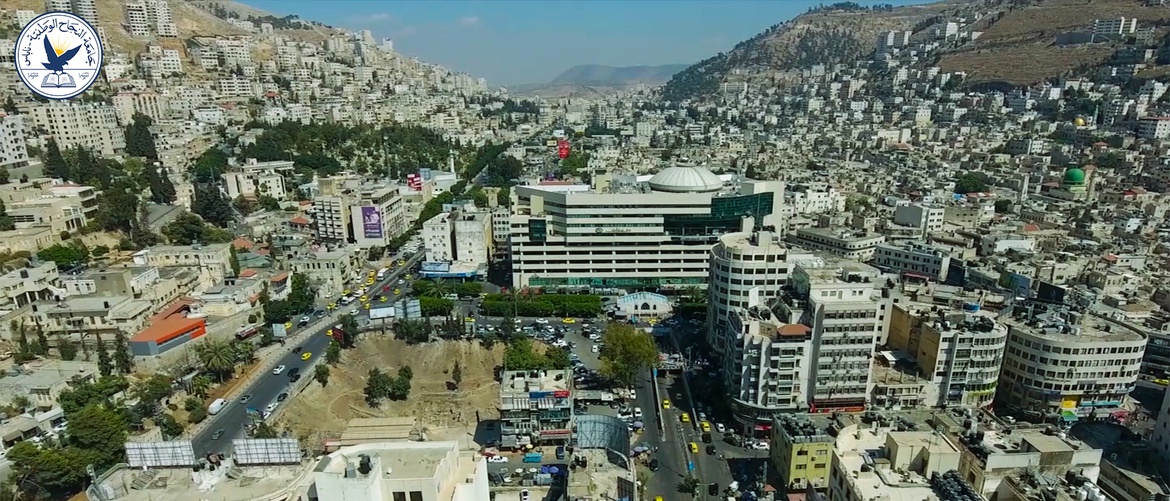
Founded by the Roman Emperor, Vespasian in 72 CE as Flavia Neapolis, the city has been ruled by many empires over the course of its almost 2,000-year-long history. In 636 CE, Neapolis, along with most of Palestine, came under the rule of the Islamic Arab Caliphate of Umar Ibn al-Khattab; where its name was changed to the Arabic name of Nablus.
In the heart of Nablus lies the old city consisting of eight major quarters: Yasmina, Qaryun, Aqaba, Qaysariyya, Habala, Faqous, Naser and Gharb. The old city is densely populated with 9000 inhabitants whereas Nablus district is populated with 389,328 inhabitants.
There are two churches, twelve mosques and a Samaritan synagogue in around the densely populated residential areas. The Old City is the home of several mosques and two Turkish baths (Al-Shifa and Al-Hana) as well as a number of historic monuments.
Famous for its Kunafa, soap and busy markets, Nablus is also home to many of Palestine’s industries and commerce. Among the main attractions that Nablus has to offer are Jacob’s well and the town of Sebastia. have also beautiful sites to visit.
Nablus’ rich history lies in its Old City with its distinct stone facades, beautiful architecture, narrow streets and old urban spaces.
City Landmarks
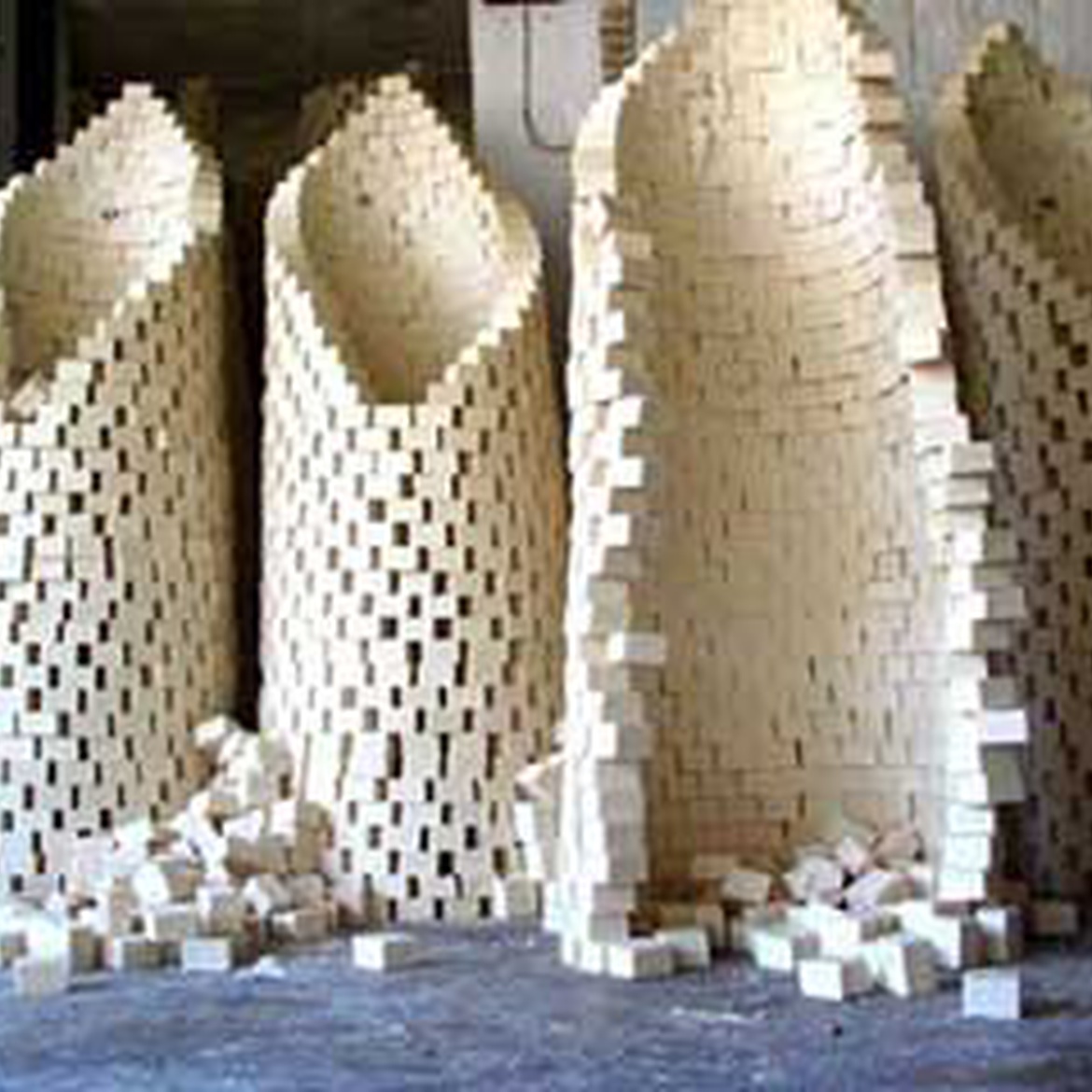
Nabulsi Soap
Nabulsi soap or sabonnabulsi is a type of castile soap produced only in Nablus and made of three primary ingredients: olive oil, water, and a sodium compound. Since the 10th century, Nabulsi soap has enjoyed a reputation for being a fine product, and has been exported across the Arab world and Europe.
Efforts to preserve this important part of Palestinian and Nabulsi cultural heritage have continued as the number of soap factories continue to decline from thirty in the 19th century to only four today.
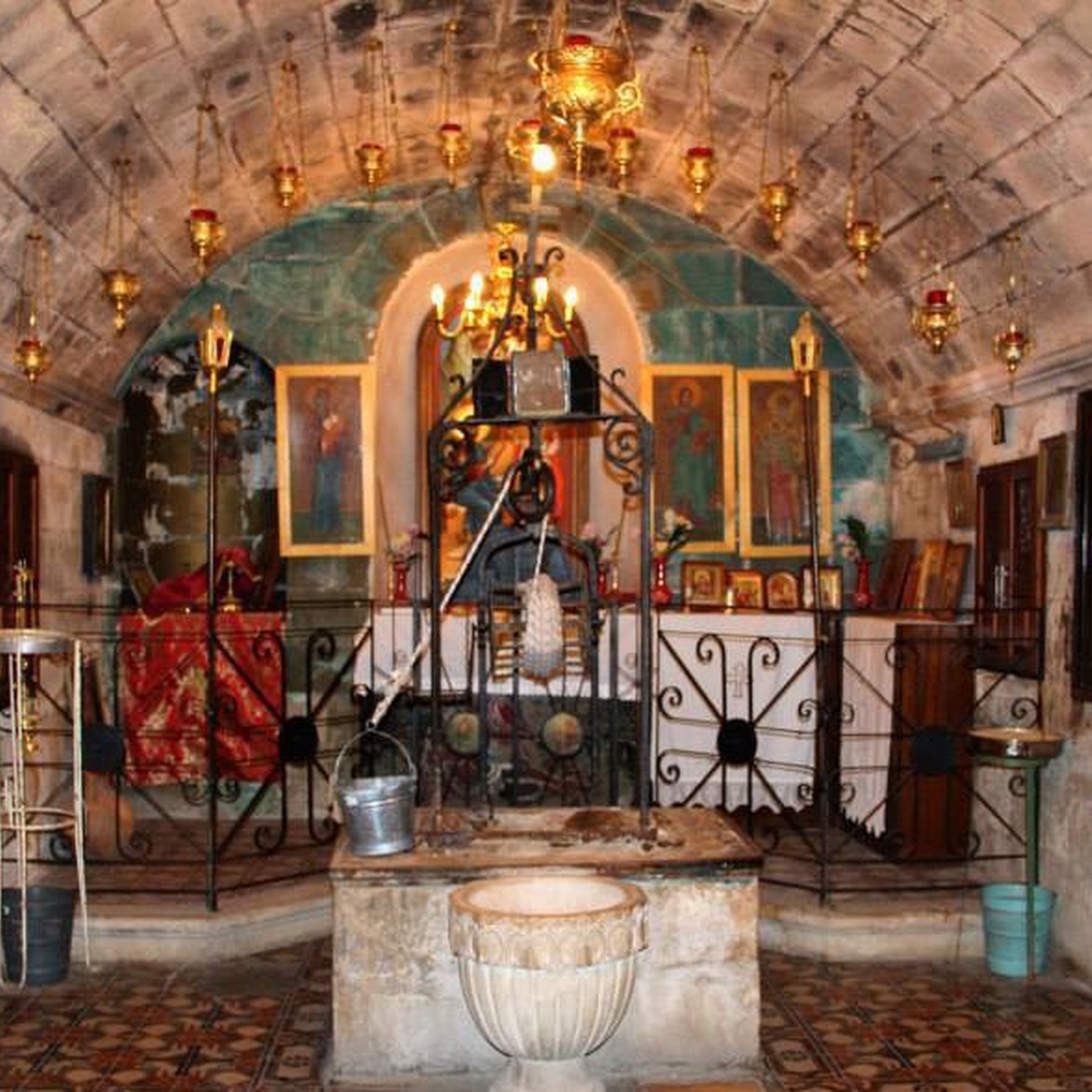
Jacob’s Well
The 35m deep well stands in the land which Jacob bought from Hanor for a “hundred pieces of silver” (Genesis 33:19). It is also the location where Jesus asked a Samaritan woman for water. The well has become an object of pilgrimages since then. The first church built on this site dates back to the end of the 4th century. The well inside the church, forms the centerpiece of the crypt beneath the high altar. In the 12th century, the Crusaders constructed a new church on the Byzantine foundations. Today, the existing church which lies six meters below ground level is owned by the Orthodox Church.

Mount Gerizim - The Samaritans
Mount Gerizim rises over 500 meters above the ancient city of Flavia Neapolis (Nablus). The mountain is a special place of sanctity for the only remaining Samaritan community, custodians of the most ancient religious tradition in Palestine and indeed the entire Middle East. Just beyond the plateau, a pathway leads to Tel Er-Ras, where a Samaritan temple was built during the Hellenistic period.

Sebastia Village
Around 12 km northwest of Nablus up on the scenic slopes of the Nablus hills stands the village of Sebastia, the site of the ancient city of Samaria. On top of the hill, the remains of an Iron Age City are found. Inside the village lies a 12th century Crusader’s Church, which was converted into a mosque with a chamber containing two tombs. The head of John the Baptist is believed to be buried here.
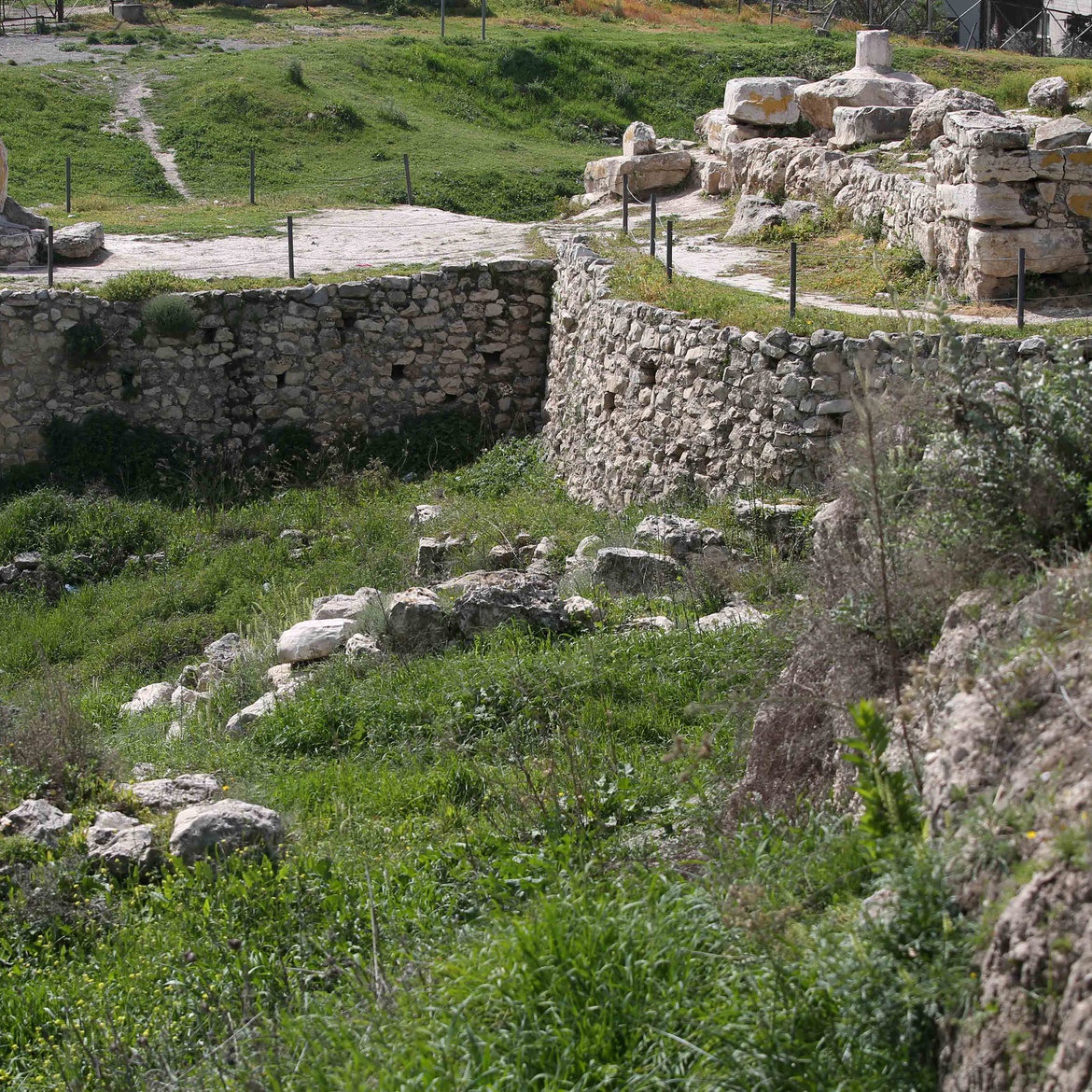
Tell Balata
The village of Balata, a suburb of Nablus lies on the Tell Balata hill. The houses of the village occupy nearly one third of the Hill. Excavations have uncovered an extensive collection of archeological remains indicating that it was first settled during the 5th century BC. The hill itself includes an abundance of architectural elements such as the city walls and several entrance complexes.

Old Market
In the heart of Nablus lies the old city, composed of six major quarters: Yasmina, Gharb, Qaryun, Aqaba, Qaysariyya and Habala. The area of the Old City is densely populated. There are two Turkish Baths (hamaams), souqs, pottery and textile workshops. There are also numerous historic monuments such as the Khan al-Tujjar and the Manara Clock Tower.
Life in Nablus
The private sector offers thousands of housing options for students and staff near both the New and Old Campuses. An-Najah also offers local and international guest apartments which enliven areas like Juneid and contribute to the economic and social development of Nablus.
An-Najah has cafeteria in each campus that offers students and staff food for reasonable costs. The cafeteria also offers meals to guests coming to An-Najah for conferences and social events.
The Old Campus cafeteria is located on a 650 m2 and accommodates 700-800 people whereas the New Campus's on 1500 m2 accommodating 1200-1500 people.
In cooperation with the private sector's institutions, An-Najah offers hundreds of cars to transfer students to and from its campuses. It also offers buses for the same purpose and for a reasonable price.
